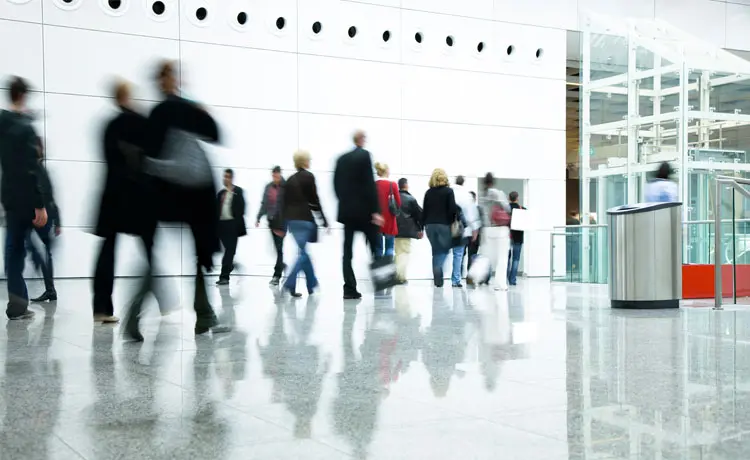Mass attacks have changed how Americans live. Public places that were once safe are now potentially dangerous spaces. From shopping malls to workplaces, Americans can no longer step into a crowded area without nervously suppressing the thought of a possible mass attack.
Knowing the warning signs of a mass attack can help save lives. Educate your community, school or workplace with the right information to help them spot and stop a violent situation before it happens.According to the Department of Homeland Security, as of September 2019, over 330 mass attacks have occurred this year alone.
What Are Mass Attacks?
Mass attacks are usually shooter events that involve one or more person using firearms to intimidate, threaten and cause as many casualties as possible. Mass attacks may also include:- Vehicle-ramming attacks (deliberately ramming motor vehicles into buildings or crowds of people).
- Using homemade bombs.
- Using fire, drones or other weapons.
The Secret Service’s Mass Attacks in Public Spaces report reveals that, in 2018, most mass attacks occurred in workplaces (20), open spaces (4) and high schools (3).
Mass Attack Red Flags
You might not be able to predict when a mass attack will occur, but there are warning signs that can help you prevent violence. Behaviors that should raise concerns include:- Explosive outbursts of anger or rage without provocation.
- Suicidal behavior or comments about “putting things in order.”
- Paranoid behavior (“Everybody is against me”).
- Talk of previous incidents of violence.
- Empathy for people who have committed violence.
- Comments about firearms, other weapons or violent crimes.
- Increased use of alcohol or illegal drugs.
- Depression or withdrawal.
- Resistance and overreaction to changes in policies and procedures.
- Repeated violations of company or institutional policies.
- Severe mood swings.
- Noticeably unstable emotional responses.
This list of behaviors is not complete. It is not intended to be used as a tool for identifying violent tendencies.
Be Aware of Your Surroundings
Mass attacks happen so quickly that you should always be on alert when you are in public spaces.- Avoid distractions, such as using your mobile phone excessively or listening to headphones.
- Always know where exits are and/or identify places that offer protective cover. Seek out places you could hide and locate barriers you can put between yourself and a threat, such as locked doors, solid objects or walls.
Remember: If You See Something, Say Something®. Always report suspicious behavior, items or activities to authorities.
